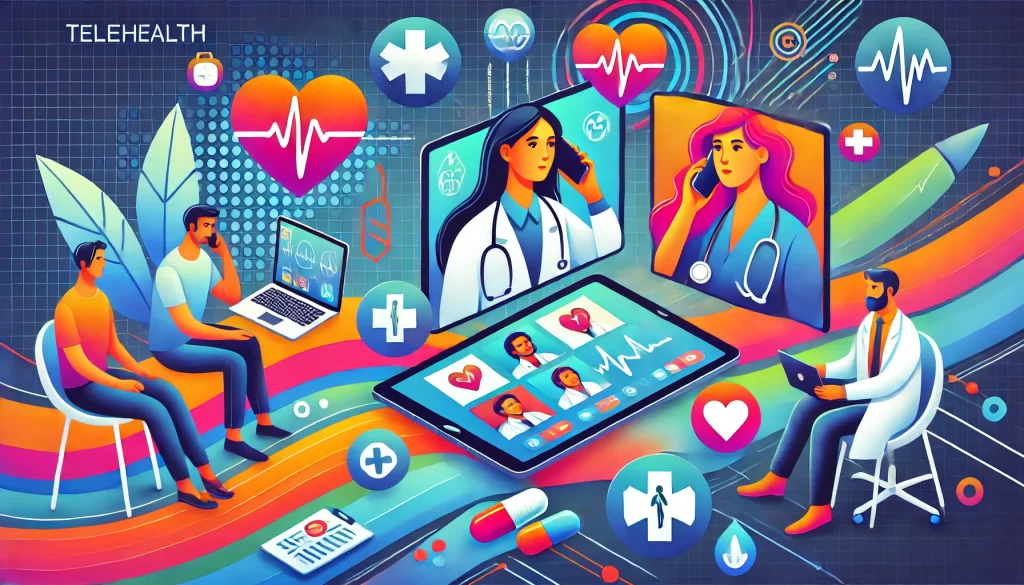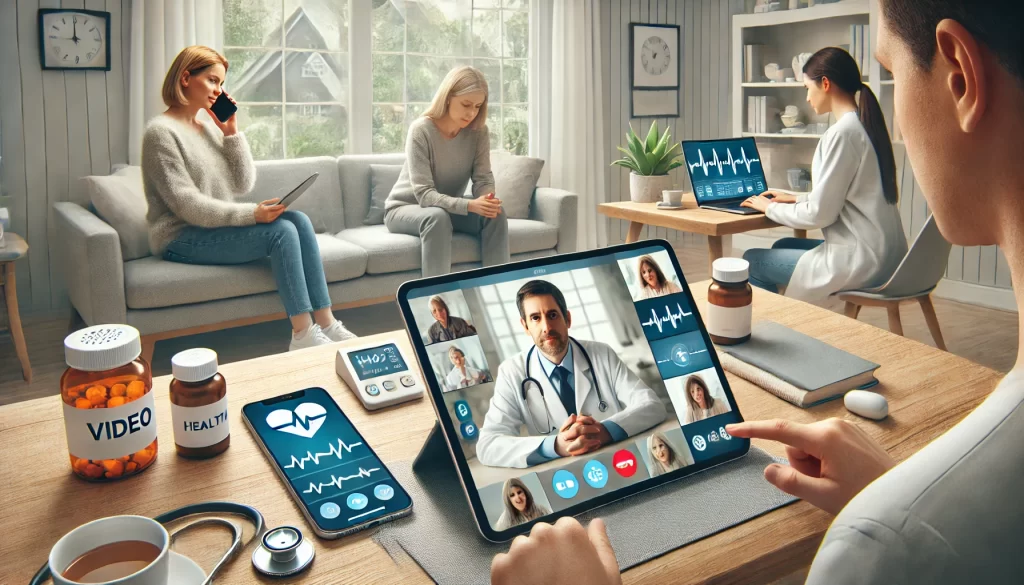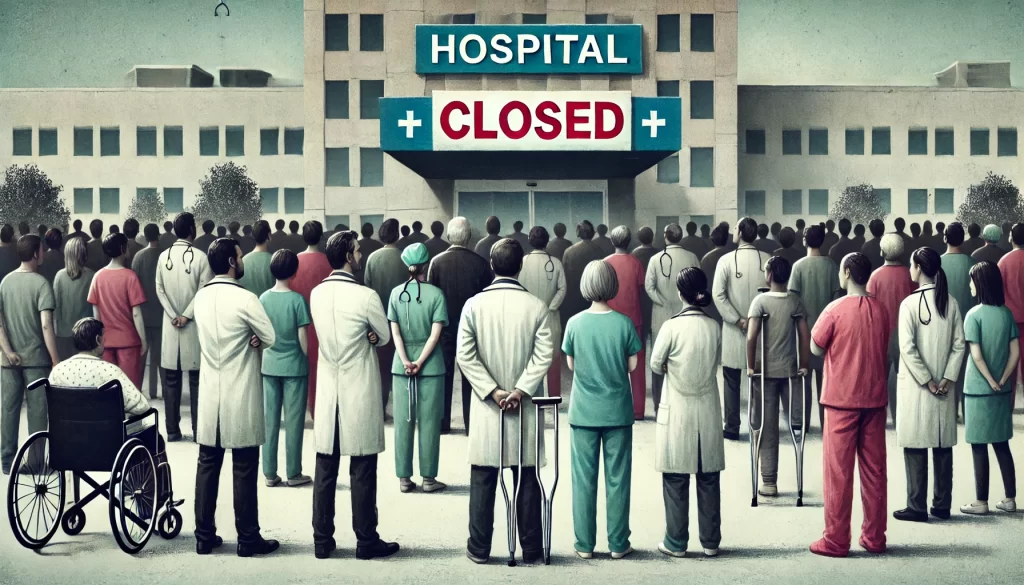
The American Revolution was fought not just by great leaders but by ordinary men and women who sacrificed everything for the promise of liberty. These “superheroes” of The Revolution—everyday soldiers of the Continental Army—endured unimaginable hardships and proved their resilience and commitment to a cause greater than themselves.
Who Were the Soldiers?
The typical soldier in the Continental Army was a young, able-bodied man in his late teens or twenties. However, recruits ranged widely in age, from boys as young as 16 to older men in their 40s or 50s. They came from all walks of life, reflecting the agrarian and small-town character of colonial America.
Work Background
Most soldiers were farmers or farm laborers, the backbone of the colonial economy. Others worked as apprentices or tradesmen, honing skills in blacksmithing, carpentry, and shoemaking. In coastal regions, fishermen and sailors also joined the ranks, bringing valuable maritime experience. Whatever their occupation, enlistment often meant leaving behind grueling but steady work, placing enormous burdens on their families and communities.
Education
Formal education was limited for most enlisted men. Literacy rates in colonial America, though higher than in Europe, were modest. Many soldiers could read and write only minimally, though these skills were sufficient for reading orders or sending letters home. Officers were generally better educated, often hailing from wealthier families with access to classical training and instruction in leadership and military strategy.
Family Life
Family ties were integral to the soldiers’ lives. Most were unmarried young men, but some older recruits left wives and children behind. Married soldiers relied on their families to manage farms and households in their absence, with women stepping into traditionally male roles to keep homes running. Communities often influenced enlistment decisions, with entire groups of men from the same town joining together, fostering camaraderie and mutual responsibility.
Why They Fought
Motivations for joining the Continental Army varied:
⦁ Patriotism: Many believed passionately in independence and the ideals of liberty and self-governance.
⦁ Economic Opportunity: For poorer colonists, enlistment promised steady (albeit delayed) pay and the promise of land grants after the war.
⦁ Community Expectations: Peer pressure and local leaders often spurred enlistments.
⦁ Adventure: For some young men, the army offered a chance for excitement and novelty.
Life in the Continental Army
Soldiers in the Continental Army faced extraordinary challenges that tested their endurance, commitment, and morale.
Logistical Struggles
The army constantly grappled with a lack of basic supplies:
⦁ Food: Soldiers often endured long periods of hunger, relying on inconsistent local contributions, sometimes going days without eating.
⦁ Clothing: Many lacked proper uniforms, footwear and blankets, suffering in harsh weather some even dying from exposure.
⦁ Ammunition: Weapons and ammunition were scarce, forcing soldiers to scavenge from battlefields.
At Valley Forge in the winter of 1777–1778, these shortages reached a critical point, with thousands suffering from frostbite, near starvation and exposure.
Extreme weather compounded the soldiers’ difficulties. Winter encampments like Valley Forge were marked by freezing temperatures, snow, and overcrowded, unsanitary conditions that led to outbreaks of smallpox, typhus, and dysentery.
Soldiers marched long distances with heavy packs, often on empty stomachs and in worn-out shoes. The physical strain was enormous, and separation from families added emotional stress. Many struggled to adapt to military life, which was vastly different from their previous experiences as farmers or tradesmen.
Financial Hardships
The fledgling American government struggled to fund the war:
⦁ Soldiers were rarely paid on time, leading to frustration and occasional mutinies.
⦁ Promised wages were often months or years late, making it difficult for soldiers to support their families.
Inconsistent Leadership and Training
Early in the war, the army lacked professional training and experienced leadership. While General George Washington provided steadfast guidance, many officers were political appointees with little military expertise. This began to change when Baron von Steuben arrived at Valley Forge, introducing systematic training and discipline.
Psychological Strain
The Revolutionary War dragged on for eight years, leaving soldiers to question whether their sacrifices would lead to victory. Early defeats against the better-equipped British Army demoralized many, and desertion rates were high. Still, the shared belief in the cause of liberty and the support of local communities kept many soldiers in the fight.
The Role of Communities
The army’s survival depended on civilian support. Local farmers, tradesmen, and women provided food, clothing, and moral encouragement. Civilians risked their lives to aid soldiers, and the collective belief in independence buoyed spirits even in the darkest times.
Conclusion
The common soldiers of the Continental Army were true superheroes of the American Revolution. Despite enduring hunger, cold, disease, and financial instability, they fought with unwavering determination. Their sacrifices laid the foundation for a new nation, proving that the quest for freedom often requires immense personal and collective sacrifice.
Sources:
⦁ Robert Middlekauff, The Glorious Cause: The American Revolution, 1763-1789
⦁ Caroline Cox, A Proper Sense of Honor: Service and Sacrifice in George Washington’s Army
⦁ Library of Congress: American Revolution resources





Oppression in Politics: Totalitarian and Authoritarian Systems
By John Turley
On February 20, 2025
In Commentary, Politics, Uncategorized
Since January 20th there has been extensive use of the terms authoritarian and totalitarian to refer to the actions of the current administration. While totalitarian and authoritarian are often used interchangeably, they represent similar but distinct forms of governance with critical differences. If we’re going to hold rational discussions about these theories, we should be using the same terminology.
A totalitarian government seeks to control every aspect of public and private life, including political, economic, social, and cultural domains. The government uses a specific ideology to unify and dominate society. The government strives to regulate all aspects of life, leaving no room for personal freedoms or independent thought. A guiding ideology is central, often enforced by propaganda, indoctrination, and censorship. The government frequently relies on widespread surveillance, police state tactics, and brutal suppression of dissent. All institutions, media, education, economy, and religion are state-controlled.
Examples include Nazi Germany, unified under an ideology of racial purity and Stalin’s Soviet Union, ostensibly organized under a Marxist ideology. Both governments maintained control of their population through propaganda, brutal police actions, terror and murder.
An authoritarian government is characterized by strong central power with limited political freedoms, but it does not seek to control all aspects of life. Unlike totalitarian regimes, authoritarian states often allow some degree of personal freedom in areas like culture, business, or religion, as long as these do not challenge political authority. Typically, these regimes are pragmatic and focused on maintaining power, not enforcing an all-encompassing ideology. They are more likely to be organized around the personality of the dictatorial leader. While repression is common, it is often less pervasive and targeted primarily at political opponents.
Franco’s Spain had limited political freedoms but allowed religious and cultural autonomy. Putin’s Russia allows limited economic freedom for members of the Russian oligarchy.
The main distinction lies in the scope of control. Totalitarian regimes seek to control all aspects of life and demand ideological conformity. Authoritarian regimes primarily focus on political power and allow some personal autonomy as long as it does not threaten the regime.
In summary, all totalitarian governments are authoritarian, but not all authoritarian governments are totalitarian.